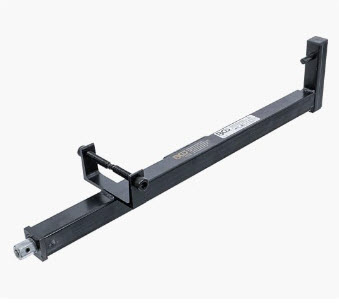OBDII for motorcycles: all red!

With the entry of the Euro5 standard in 2020, the universal OBDII connector for motorcycle diagnostics was finally included. This connector, red in color according to the standard, puts an end to the collection of cables that you do have in your workshop.
It also states that the OBDII information must be accessible from any generic diagnostic tool (if you don’t have one, buy it!).
The new ISO19689/2016 details all the technical aspects of this OBDII connector for motorcycles, ATV’s and UV’s (Utility Vehicles), but to avoid you diying, we summarize what really matters to you.
- The connector must be red. For all brands and all types of vehicles (motorcycles, ATV’s and UV’s).

2. It should preferably be located under the seat. This is actually a recommendation, but it does not indicate whether it should be under the driver’s or passenger’s seat. Nor does it indicate that tools are not necessary to disassemble certain parts to access it.
3. The connector must have 6 wires. The position and function of each wire is defined as follows:

In this case, connector 1 will not be used by the generic diagnostic tools, only by the manufacturer’s tool.
- The connection to the tool must have a locking “click” to ensure a good connection.
And then it must meet a series of requirements of insulation, resistance to temperature, mechanical shocks, etc…
If you want to know more technical requirements about the connector, click here.
The advantage of the fact that connectors and communication lines have finally been standardized is that you can now connect any diagnostic tool, even the cheap ones that you can find in any electronics store (they will read the codes in the same way).
These tools have a car OBD connector, so you will need a 16 pin to 6 pin adapter like this one:

Here is a video with more information about this connector, in case you don’t like reading too much ;-P













